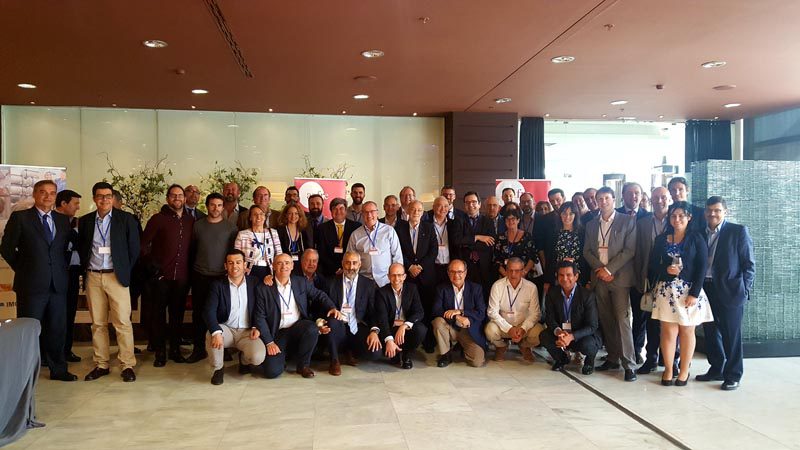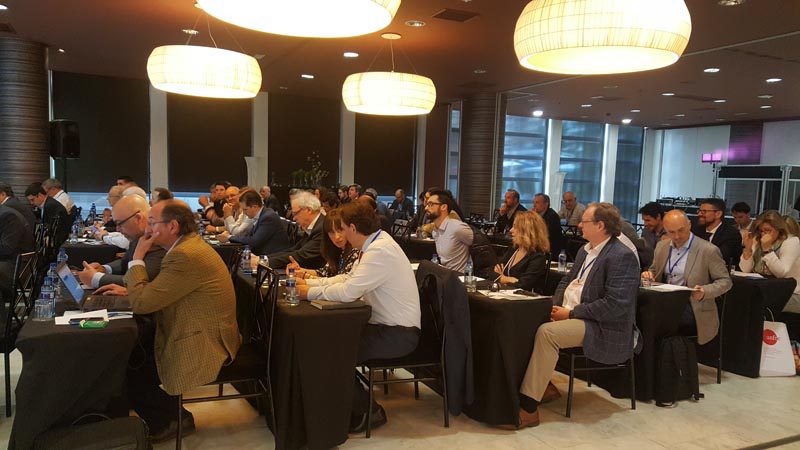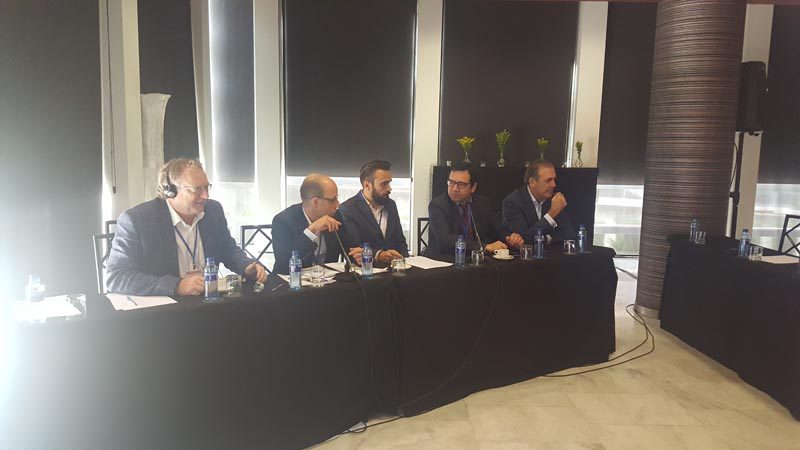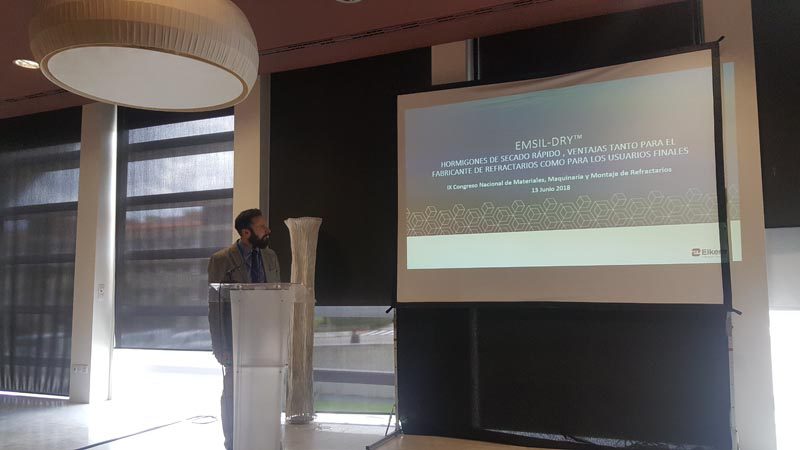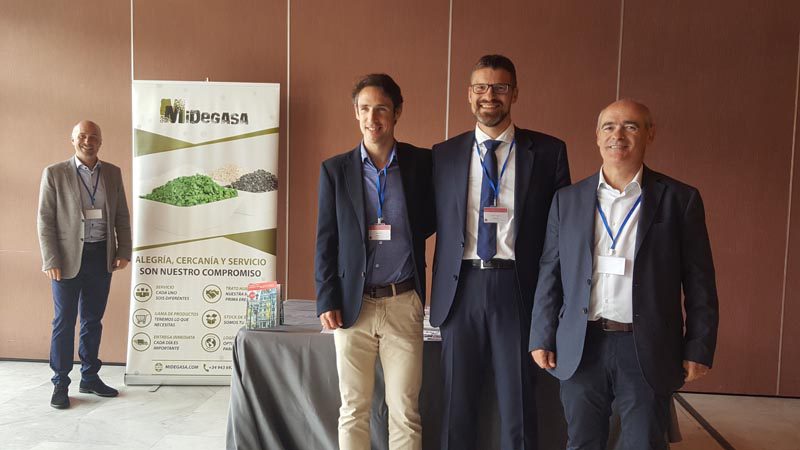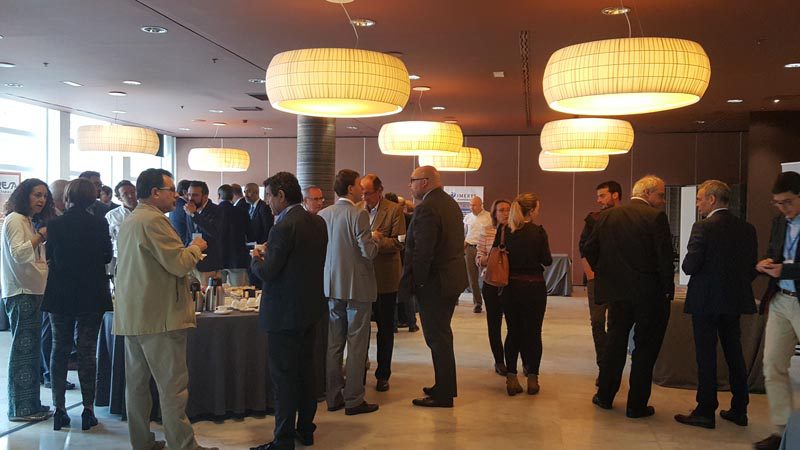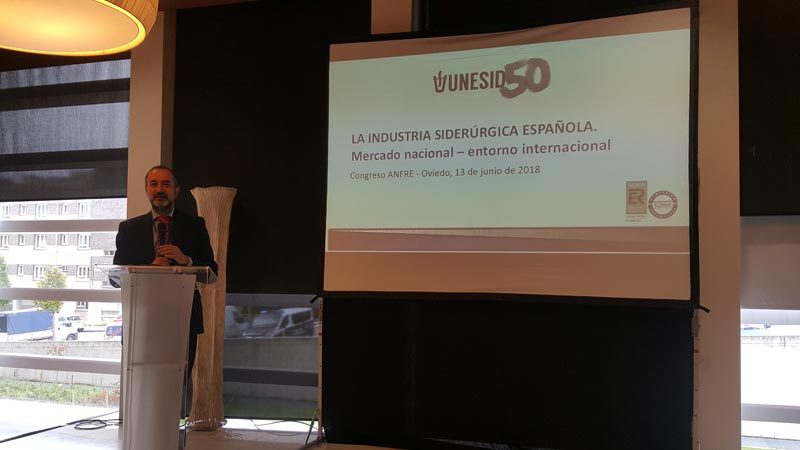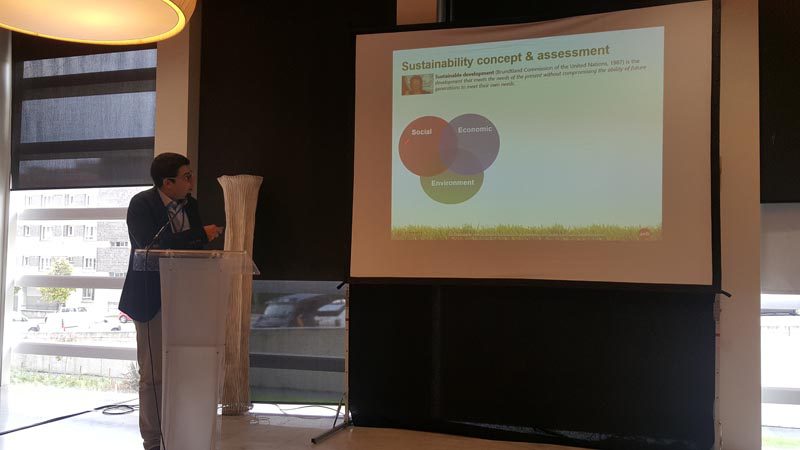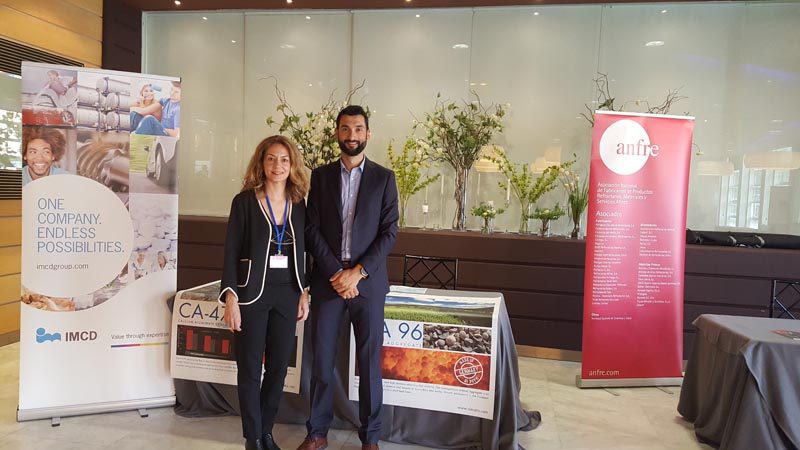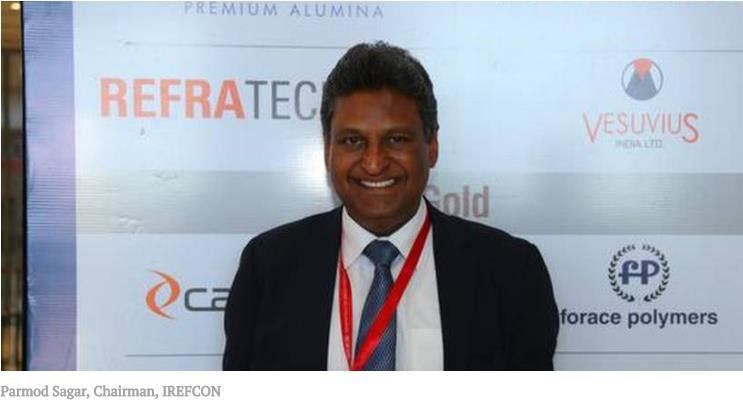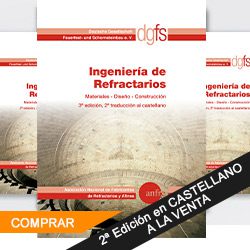Shanxi is gearing up to clamp down on illegal bauxite mining while it maintains its focus on improving local environmental conditions. But the sector fears an impact to supply flows.
Market participants are concerned that fresh regulation from the Chinese government will restrict bauxite mining in Shanxi and further affect market prices for the refractory mineral after months of limited output.
Potentially dashing hopes that production rates could gradually return to normal from the second quarter of this year and prices decline from recent highs, Beijing’s moves have ignited further concerns about future supply.
The situation in Shanxi, the country’s largest producing province of bauxite, has been dire for the past few months owing to an enforced shutdown of mining and processing operations that has been in place since mid-November.
Local miners have been unable to use dynamite blasting for extracting ore and, in some cases, were forbidden from using pneumatic drilling, Industrial Minerals understands. Similar restrictions have affected mining operations in other parts of the country as well as for other minerals such as magnesite in Liaoning and Heilongjiang. «Nothing is functioning properly [in Shanxi],» one producer told Industrial Minerals. «Everyone is tight on material.»
The market does not expect the tightness to improve in the near team after Shanxi authorities announced a fresh round of actions earlier this month aimed at improving the local environment and clamping down on illegal bauxite mining in the province. Its three-month plan specifically targets proper management of local land and resources and will tackle unlicensed exploration and illegal exploitation and mining of bauxite. Inspections will take place at mining facilities throughout the province.
While the authorities have not explicitly said whether it will allow existing lawful mines to operate or if they must also shut the full three-month period, at least four sources that have spoken to Industrial Minerals over the past week voiced concern over what they fear may be new large-scale shutdowns at bauxite mines.
One market participant feared «total closure». «Maybe the mines that are in check may be allowed to operate when not being inspected. No one really knows for sure. But this is not good news anyway,» another said. While the second source said that his suppliers in Shanxi have stocks both of raw bauxite and of calcined bauxite, he added that any prolonged restriction to mining is bound to have an impact on the market. Another factor that could put additional pressure on production costs is an environmental tax – a topic of much discussion over the past months but without a final resolution.
«If people were hoping to see new supply coming to market from March and prices finally declining, this hasn’t happened,» a trader in Europe said. In the fused alumina market, additional government-led curtailments to production in Henan province pushed brown fused alumina prices higher still last week. There are fears that something similar may take place in bauxite.
«I don’t expect another surge but I do expect a gradual increase in the coming months. I can’t see prices decreasing just now – there is nothing there to support that,» one consumer said. Limited supply coupled with high demand pushed calcined bauxite prices up during the fourth quarter of 2017 and into this year. While demand is currently moderate, availability remains tight, ensuring firm levels and preventing a price drop.
Industrial Minerals assessed refractory grade bauxite 85% at $450-460 per tonne fob Xingang as of March 22 assessment. The grade has been stable since it quickly rose during the second half of last year, reaching this level in December. Refractory grade bauxite 86% and 87% were also firm at $470-480 per tonne and $490-500 per tonne respectively. http://www.indmin.com/PriceDetail.html?ID=b10c10vg80t332 Higher-purity refractory grade bauxite 88% stood at $500-520 per tonne as of March 22.







